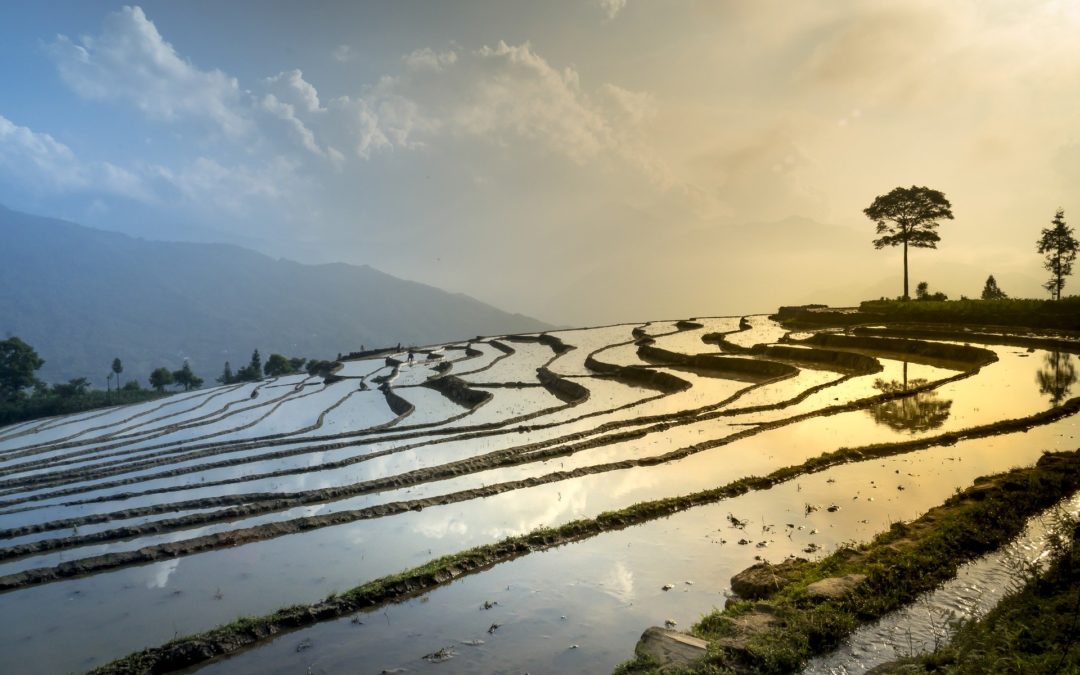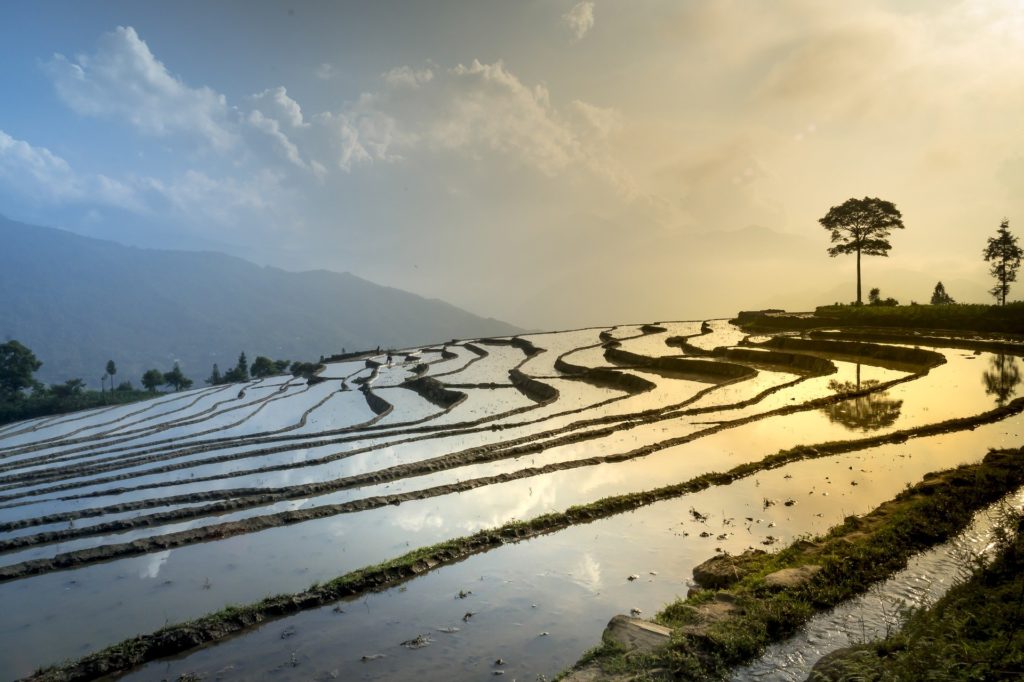Tackling rising chemical concern in Vietnam’s remote mountains
A new app allows farmers to keep a daily digital diary of their farm management, enabling researchers to track their chemical use and improve food quality and certification.
This blog is an effort of the Data-Driven Agronomy Community of Practice to highlight CGIAR’s digital extension work.
Among Vietnam’s northern mountains, a worrying trend is unfolding. By using strong chemicals and herbicides on steep slopes, with little knowledge about their correct use, combined with higher rainfall, farmers risk causing food quality and health threats.
The northernmost Lai Chau province along China’s border is among Vietnam’s poorest. With just under half of the population living below the poverty level, 84% of the people living here are ethnic minority farmers, mostly cultivating rice, corn, vegetables and fish.
Communities in this area typically have little knowledge about environmentally-friendly practices. Living in remote locations without access to information, they rely on what chemicals are available in local markets and recommended by dealers.
The uncontrolled use of industrial chemicals on food production is a growing fear among consumers in Vietnam, with validation. Some chemicals used are prohibited by the World Health Organization and World Trade Organization among other public health organizations.
Yet, they still are used on a large scale in Vietnam and measures for more effective management of chemical use in agriculture production are becoming a major concern for the public and priority for the government to tackle.
Introducing the Agri App
Dharani Dhar Burra, a digital agriculture specialist at the International Center for Tropical Agriculture in Hanoi, Vietnam, explained that researchers decided to work together jointly with farmers to tackle the problem.
“It is usually difficult to get real-time information from farmers,” says Burra. “This is a data gap we needed to fill, to get a bigger picture of the environmental and health implications, and provide more relevant support and help farmers change harmful practices.”
The rapid growth of smartphone usage in Vietnam made the work possible, and with the Agro-ecological Learning alliance in South East Asia project and the Consutative Institute for Socio Economic Development of Rural and Mountainous Areas, farmers have tracked their agrochemical use across one season.
“We asked farmers to keep a dairy in the form of the Agri App. Everything they did, they recorded. We are now getting very rich data from the field in terms of what farmers are doing on a daily basis and why,” notes Burra.
The idea is to map chemical usage among farmers at the start of each season. The App, built by RT analytics and developed together with researchers with the support of GRET, will help researchers provide farmers with more specific information about what to apply and when on their farm to improve yields and environmentally-friendly practices.
Generating certification and standards
At the same time, research will lead to traceability, certification and standards improvement for different agricultural products like rice and maize. Good Agricultural Practice (GAP) standards for the European market, are often unreachable for poor farmers, says Burra.
“But there are many other types of information we can trace that the consumers in Vietnam would still be interested in – like fertilizers and herbicides use. These are easier for poorer farmers to enforce, without the associated costs of meeting standards like those in Europe.”
Farmers feed data into the front-end of the application, relating to everything they do on their farm before, during and after the growing season. Meanwhile, on the backend, this data is analysed, generating different QR codes.
“The QR codes generated by the app help consumers choose what to buy, while bringing more opportunities for farmers to reach markets without big cost hurdles. This way, everyone benefits and the system is more inclusive.”
Surprise motivation
“Initially, we had introduced too many restrictions, asking farmers for proof what management practices they are using on their farm. But then we realized they would not lie about it, and that they wanted to have more freedom in what they entered,” notes Burra.
The motivation for keeping these records was unexpected. “It became apparent that for the farmers, the incentive was to hand down knowledge about their farm practices to their children.”
Feedback in 2019 shows that 67% of the farmers could understand the steps needed to apply the right kinds of fertilizers and chemicals to their crops. They have also helped design the app, asking for more freedom to enter different types of data.
Maize farmer Mr. Ly, for example, has used the app to update information about his use of seed and fertilizer, with associated warnings for these products. His maize yield has increased, and he expects to use the AGRI-app to learn more about how to keep livestock better.
Increasingly transparent data collected over three seasons is now helping researchers target farmers with seasonal and weather information and latest crop management techniques, so they can take better, more informed decisions. Meanwhile, enabling customers to make more informed decisions about the quality of the food they put on the table.
April 6, 2020
Georgina Smith
Contributing writer
Latest news






